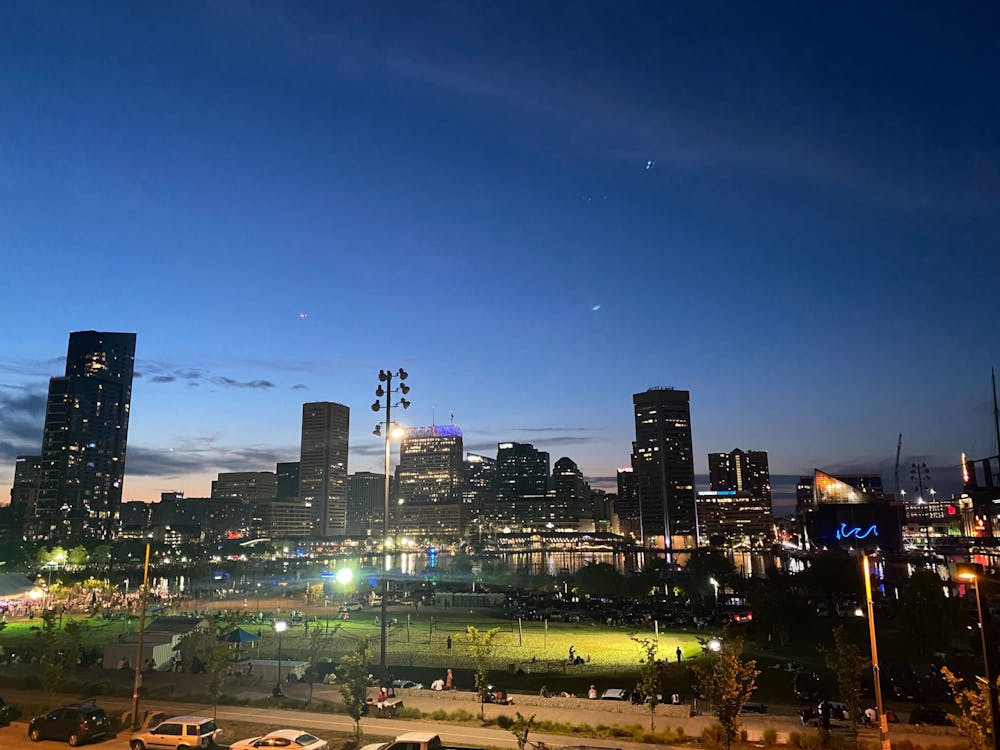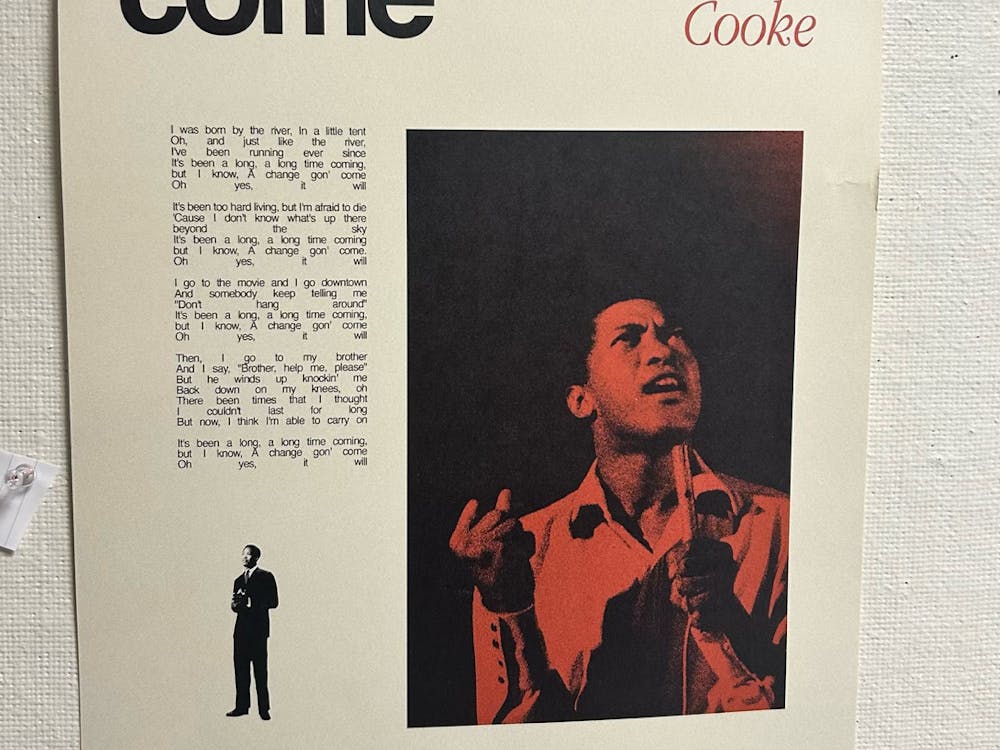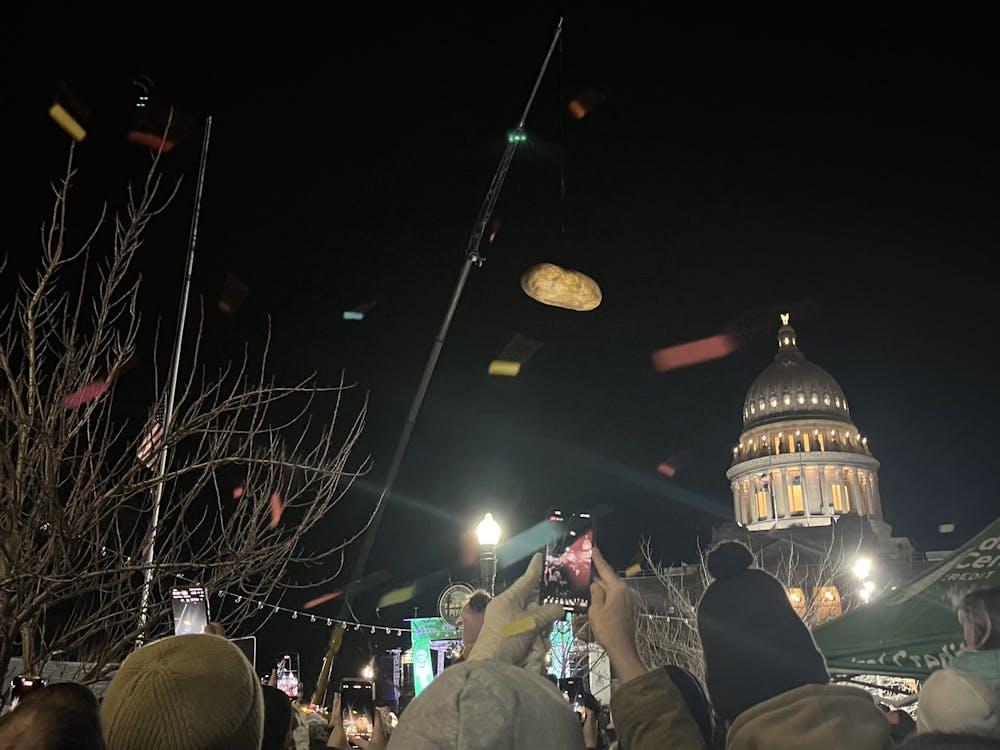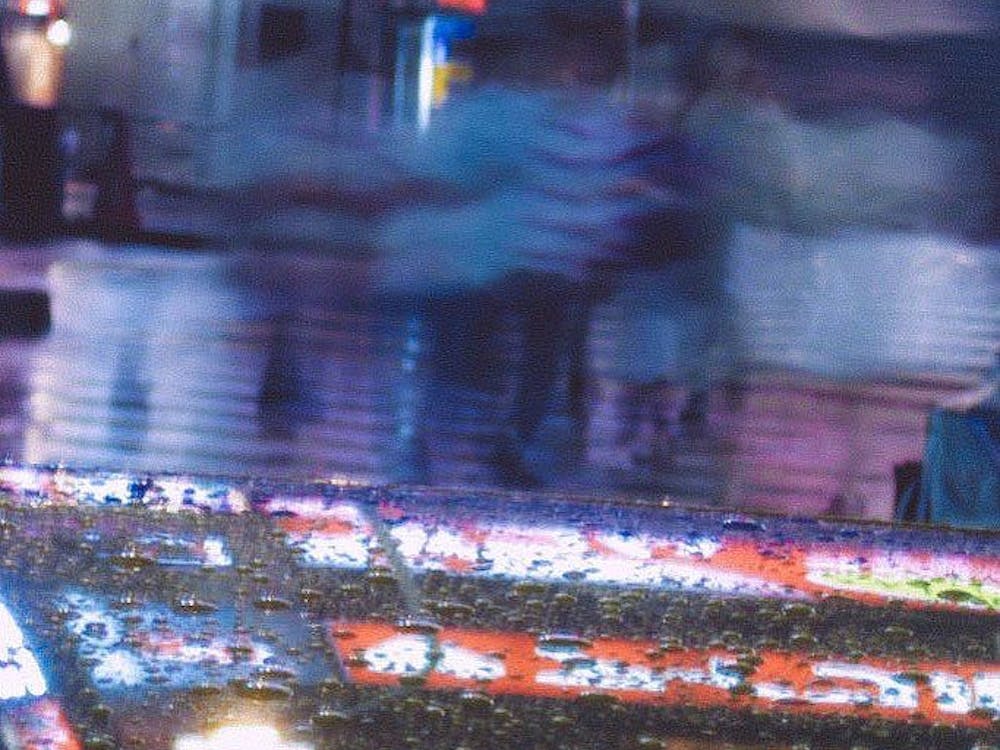Before I begin, I’d like to emphasize that the use of the preposition “with” in the title is an intentional choice. Rather than making an impact “on” the Baltimore community, I encourage Hopkins students to get involved “with” the community.
It’s important to recognize that you are a student at an elite institution and that this status carries immense privilege with it. You are likely a transient member of the Baltimore community, hopefully here to learn from residents of the city — not only from your educational institution, but from leaders in Baltimore, who are experts in their fields, as well as community members, who are experts on their own experiences.
We, as students, have a few years of experience at best, whereas community leaders have been engaged in social justice work for decades. Responsible civic engagement is about acknowledging the privileges you hold as a Hopkins student and leveraging this in order to advance the work already being done by community leaders.
Making an impact “on” the community can imply a power imbalance or savior complex where Hopkins students come into a community to implement a solution that they think is best without listening to the needs of residents. Understanding this within Baltimore’s historical context is key.
You may be familiar with the “Hopkins bubble,” the idea that Hopkins students exist in a vacuum because of ignorance and racist stereotypes held about Baltimore. As students living in the city, we have a responsibility to, at the very least, educate ourselves about Baltimore’s history.
Lawrence T. Brown, an equity scientist, coined the terms “Black Butterfly” and “White L” to reflect the geographic patterns of disparity between Black and white communities in Baltimore. These disparities are a result of redlining and racist policies designed to discriminate against Black residents, and the same pattern can be seen when examining poverty rates, investment in construction and small business lending. I recommend checking out The Black Butterfly Project and The News-Letter’s Magazine, Examining Hopkins Hospital’s Relationship with Baltimore, for more information.
You can move wherever you want after graduation, but for these four years, you’ve chosen to live in Baltimore. So while you’re here, I suggest you leave the “Hopkins bubble” and get involved with the community! There is so much to learn from ongoing initiatives throughout this lively city.
One thing I admire about Baltimore is that the nonprofits here do such amazing work, and most of them are eager to take on student interns and volunteers. Don’t know where to start? Here are several Hopkins organizations that can connect you to community organizations in Baltimore:
At Hopkins, the Center for Social Concern (CSC) facilitates connections to Baltimore through the Community Impact Internships Program, Community-Based Learning courses and student organizations. Check out Hopkins Engage, the University’s platform for community engagement, to learn about volunteer opportunities. The CSC runs several student organizations, such as Baltimore First and the Tutorial Project, which are based around direct service.
For public health and pre-med students, I highly recommend joining Hopkins Community Connection (HCC), where students can serve as patient advocates connecting patients to public benefits. HCC addresses the social determinants of health such as housing, food access, transportation and insurance. HCC is a great way for students to engage meaningfully with patients while learning about social services in the city.
Reading local news is another way to learn more about Baltimore. To start, check out the Baltimore Beat, The Baltimore Sun and The Baltimore Banner. I also listen to On The Record and Midday, two podcasts from Baltimore’s public radio station, WYPR. Of course, you should also continue reading The News-Letter to learn more news from within the Hopkins community as well.
Getting out of the ivory tower of Hopkins through a sustained commitment to learning from the Baltimore community is essential in responsible civic engagement. Many of you may have ended up in Baltimore unintentionally due to the University’s status as an elite institution. Given that you will be here for the next few years, I suggest you learn everything you can about this amazing city.
To incoming freshmen reading this, my advice is to attend the Student Involvement Fair and sign up for anything that remotely catches your eye, especially organizations that serve the Baltimore community. You never know who you will meet through student organizations!





